Private Charles Philip Gruchy
This is part of a series of essays about the First World War casualties commemorated by the Commonwealth War Graves Commission in Virginia. This account is incomplete, however, due to the process to digitise Canadian service records—it will be updated when his service record becomes available.
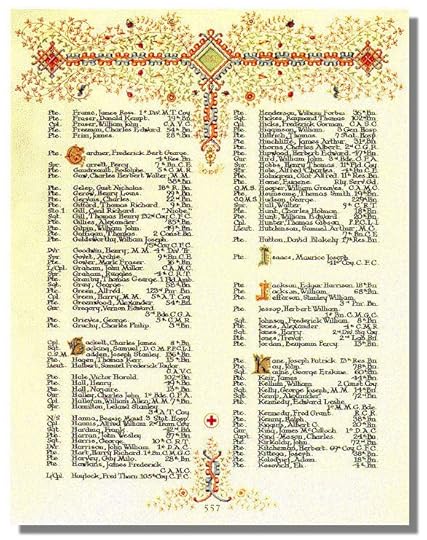
The Canadian Book of Remembrance showing the entry for Private Charles Philip Gruchy
Charles Philip Gruchy is typical of many of the men from the United States and Canada who are commemorated by the Commonwealth War Graves Commission in the United States. He served in France, was wounded and succumbed to illness after the war; his death being attributable to his war service.
He was born at D’Escousse on Isle Madame in Nova Scotia on 12 June 1880.[1] His father, Peter William Gruchy, a merchant and trader, married his mother, Eliza Lucy (née Ward), in 1874. They had eight children, of which only three—Charles and his sisters Nellie and Violet—survived beyond childhood.[2]
After leaving school, Charles Gruchy worked as a bank clerk and he served for three years with 17th Field Battery, Canadian Artillery in the Non-Permanent Active Militia.
He first attested for service with the Canadian Expeditionary Force on 22 September 1914, being allocated the regimental number 7236. From his attestation documents, it appears that he was not enlisted at that time—he was enlisted on 20 October 1916. He was posted to the 12th Reserve Battalion at the the Canadian Training Depot at Tidworth in Wiltshire.
At some time in early 1917 he was posted to the 3rd Battalion (Toronto Regiment), Canadian Infantry in 1st Canadian Brigade, 1st Canadian Division. It is not known when he arrived in the Battalion and, therefore, whether or not he took part in the attack at Vimy in April 1917.
On 10 July 1917, the Canadian Corps moved farther north to replace the British I Corps at the former coal-producing city of Lens. The Corps Commander, Lieutenant General Arthur Currie, had been ordered to capture the town but had found agreement that Hill 70 north of the town should be the Canadian Corps’ objective. The attack was planned for late-July but was postponed due to bad weather.
Charles Gruchy, by now appointed as a Lance Corporal in C Company, and the men of the 3rd Battalion spent July in support, although there were a few casualties on working parties. On 10 August the Battalion moved into the line at Loos for the first time. The Battalion position was at ‘Le Bis 14’, a mine-head 1,500 yards north-east of the town. The trenches here were in poor condition, many being shin-deep in water. C Company was in the centre of the Battalion’s position with A Company on its right and D Company on its left. The relief and the first hours in this postion were not without incident—six men were wounded during the relief (Private George Ballinger later died of his injuries) and later Private Toso Santo was killed and one man wounded when an artillery round dropped short.[3]

The positions of ‘A’, ‘C’, and ‘D’ Company, 3rd Battalion, Canadian Infantry on 12 August 1917
From the war diary entry of 12 August:
‘Night passed quietly, our patrols active without meeting any opposition from the enemy. 4 O.R. wounded in C Company. Capitan W.B. Woods returned from leave. Lieut. J.K. Gillespie to First Army Rest Camp. Gas attack by 2nd Canadian Division on our right about 2.20 a.m., effects felt very strongly by D Company, who were forced to put on their box respirators for 15 minutes. Band to 1st Canadian Infantry Brigade School. Trenches cleared from 2.00 p.m. to 6.00 p.m. to permit heavies to shoot on enemy front line. Weather – fine.[4]
One of the men wounded on 12 August was Lance Corporal Gruchy.[5] He was shot in the right thigh, causing a compound fracture of his right femur. He was evacuated through the medical system to hospital in England, where he remained in hospital and in convalescence until he sailed home on the hospital ship SS Araguaya,[6] arriving at Portland, Maine on 17 August 1919.[7]
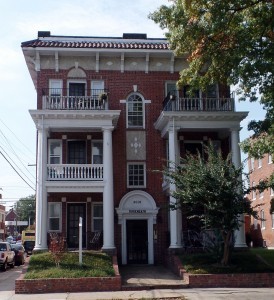
3001 Monument Avenue, Richmond, Virginia
After he was demobilised Charles Gruchy eventually returned to work as an accountant. He was unmarried. His sister, Violet, married Kenneth Everet Finlay in 1912. In 1916 she, her husband, son, and mother, Mrs Eliza Gruchy, emigrated to the United States, firstly to Milton, Pennsylvania before settling in Richmond, Virginia at 3001 Monument Avenue. Sometime after April 1920, Charles Gruchy moved in with them.
He fell ill with tuberculosis and was treated at United States Public Health Service Hospital No. 60 at Oteen, North Carolina from 3 July 1921. He died there at 5.00pm on 5 July 1921 from chronic pulmonary tuberculosis; he also suffered from ankylosis in his right knee and chronic myocarditis. His death was determined as attributable to his war service. He was buried at Hollywood Cemetery, Richmond, Lot 81. Initially an Imperial War Graves Commission Stone was declined and the grave was marked with only a private memorial. A Commonwealth War Graves Commission headstone has since been placed at his grave. Both it and the private marker read: ‘I thank God for every remembrance of thee.’
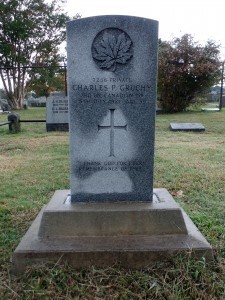
The grave of Charles Philip Gruchy
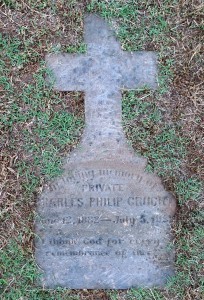
The original grave marker for Charles Philip Gruchy
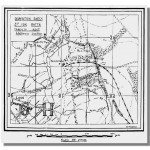
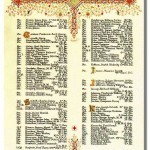
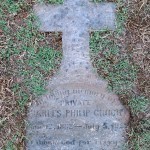
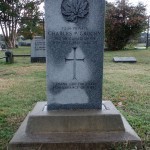
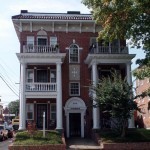
Source:
The transcribed records of St John’s Anglican Church, Arichat.
Library and Archives Canada. RG9-III-D-3. War Diaries Textual Record. 3rd Canadian Infantry Battalion. June 1917 – February 1919.
1. (Back) St John’s Anglican Church, Arichat, Baptismal Records. This is at odds with his attestation and his death certificate, which record his year of birth as 1882. The baptismal record is, however, clear that he was born on 12 June 1880 and baptised on 13 July 1880. His original grave stone also records a birth date of 12 June 1882. See also note 2 below re his siblings.
2. (Back) St John’s Anglican Church, Arichat, Baptismal and Cemetery Records. Peter William Gruchy was born at D’Escousse on 30 January 1851. He died on 21 May 1913, aged 78. The other seven children were: Eva Weston (born 8 November 1875, died 9 April 1876); Gordon Dumarseq (born 1 July 1877, died 13 April 1881); Ellen ‘Nellie’ (born 18 August 1878); Martha Weston (born January 1882, died 20 March 1885); Edith (born 17 August 1884, died 17 September 1884); Violet Beatrice (born 24 August 1886); and Winifred Aldon (born 16 October 1888, died 2 September 1889). The children who died in childhood and their father, who died on 21 May 1913, are buried in St John’s Anglican Cemetery, Arichat.
3. (Back) Library and Archives Canada. RG9-III-D-3. War Diaries Textual Record. 3rd Canadian Infantry Battalion. August 1917, p 6.
4. (Back) Ibid.
5. (Back) Library and Archives Canada, Op. Cit. p 14. The others recorded as wounded were: 237315 Private Frederick Taylor (later awarded the Military Medal and promoted to Sergeant) and 201274 Private James Cecil Spivey. The fourth man is not recorded and it is assumed that his wounds were slight and that he remained at duty.
6. (Back) HMHS Araguaya was one of five ships chartered by Canada for use as hospital ships—the others were Essiquibo, Llandovery Castle, Letitia, and Neuralia. The SS Araguaya was owned by the Royal Mail Steam Packet Co Ltd until 1926. By 1940 she was in use with Compagnie Générale Transatlantique as the SS Savoie II. She was sunk during the Battle of Casablanca on 8 November 1942 by USS Massachusetts.
7. (Back) Library and Archives Canada. RG76-C. Department of Employment and Immigration fonds. Passenger Lists, 1865–1935.



